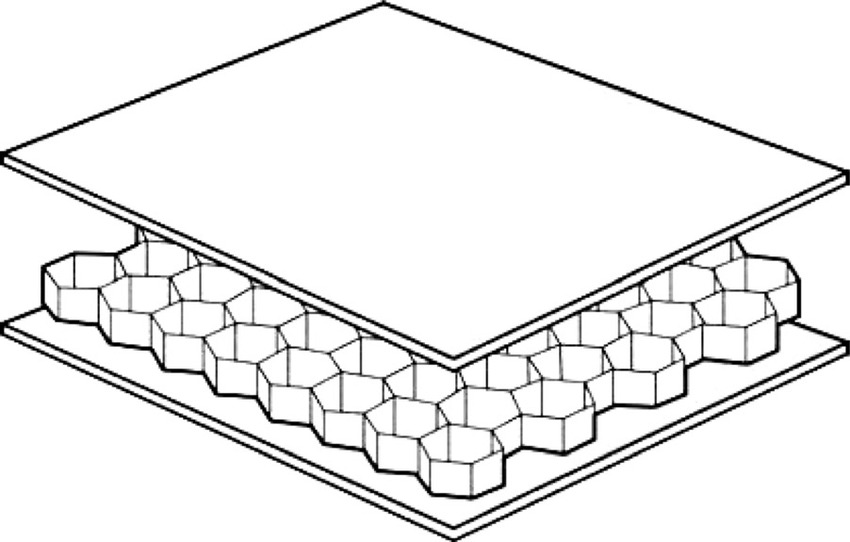Board Types
|
 |
 |
A Flute
|
| Thickness: 5.0mm |
 |
A-flute is the original and oldest type of corrugated board, with a fluting height of approximately 5mm.
A-flute has a niche in some industries where thickness is an important consideration, such as the food and beverage industry, where it can be used to package fragile or delicate items.
However, because of its larger flute size, A-flute corrugated board may not be suitable for all applications, as it is less resistant to vertical compression and may not stack as well as C-flute board. Additionally, A-flute board is typically more expensive than other flute profiles due to its larger size and added strength.
Overall, A-flute corrugated board offers excellent cushioning and durability, making it an ideal choice for heavy-duty packaging and displays that require added protection against impact and vibration. |
|
|
 |
 |
B Flute
|
| Thickness: 3.0mm |
 |
B-flute is a type of corrugated board commonly used for packaging and shipping purposes. The B-flute profile has a fluting height of approximately 3mm,making it ideal for packaging products that require cushioning and protection during transport.
Compared to other regularly usedcorrugated board types, B-flute has a higher number of flutes per foot, which provides better cushioning and protection for products during transportation and storage. B-flute corrugated board is commonly used for retail packaging, displays, and point-of-purchase (POP) materials, as well as for shipping boxes for small to medium-sized products.
Overall, B-flute corrugated board strikes a good balance between strength, durability, and cost, making it a versatile packaging material for a wide range of applications. |
|
| |
 |
 |
AB Flute
|
| Thickness: 8.0mm |
 |
AB-flute corrugated board is a combination of the top layer of A-flute, with a fluting height of approximately 5mm, while the bottom layer is a B-flute, with a fluting height of approximately 3mm , resulting in a unique flute configuration that offers a balance of strength and thickness.
The overall thickness of AB-flute board is around 8mm.
The A-flute provides excellent cushioning and shock absorption, while the B-flute offers added strength and stability. The result is a corrugated board that is thinner and lighter than traditional A-flute board, while still offering superior protection and durability.
AB-flute provides a balance of cushioning, stacking strength, and durability, making it a versatile option for a range of packaging applications. |
|
|
 |
 |
E Flute
|
| Thickness: 1.5mm |
 |
E-flute has the smallest flute size, but the highest number of flutes per foot providing a smooth surface that is ideal for printing and high-quality graphics. E-flute corrugated board is commonly used for packaging that requires a more polished and professional look, such as retail packaging for cosmetics, electronics, and luxury items.
This corrugated board also offers better vertical compression strength than other small-flute profiles, making it suitable for packaging heavier items. However, it may not provide as much cushioning and protection as larger-flute profiles, such as B and C-flute. Overall, E-flute corrugated board offers a balance of strength and aesthetic appeal, making it a popular choice for a range of packaging applications that require both durability and visual appeal. |
|
| |
 |
 |
C Flute
|
| Thickness: 4.0mm |
 |
C-flute is a corrugated board, with a fluting height of approximately 4mm.
C-flute provides more vertical compression strength and allows for better stacking of products during transportation and storage. C-flute corrugated board is commonly used for shipping boxes for heavier products, such as appliances, electronics, and furniture, as well as for packaging that requires added protection against impact and vibration.
Overall, C-flute corrugated board offers a good balance of strength and thickness, making it a popular choice for a variety of packaging applications. |
|
|
 |
 |
Honeycomb
|
 |
| The honeycomb board uses honeycomb cores. It is unlike the regular flutes and its strength lies in the Hexagonal Structure cores. The top and bottom papers are also called Liners. This type of board delivers many of the properties associated with foam, but in a more environmentally acceptable manner. And with its adaptability , it has many uses including the making of paper pallets for a more sustainable solution. |
|
|
| |
|